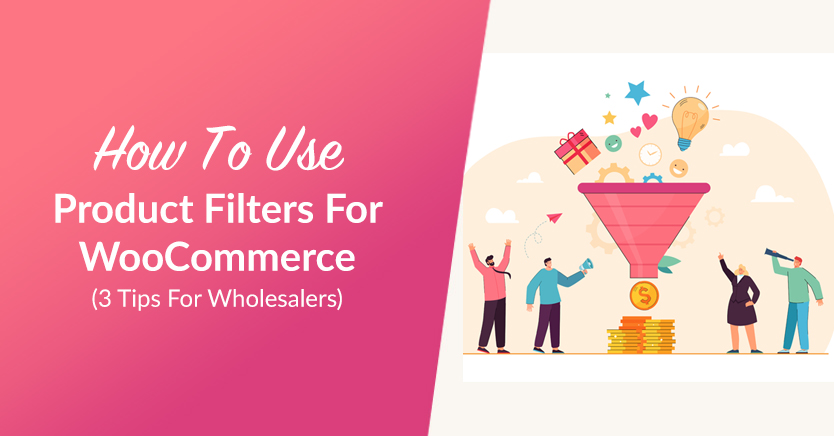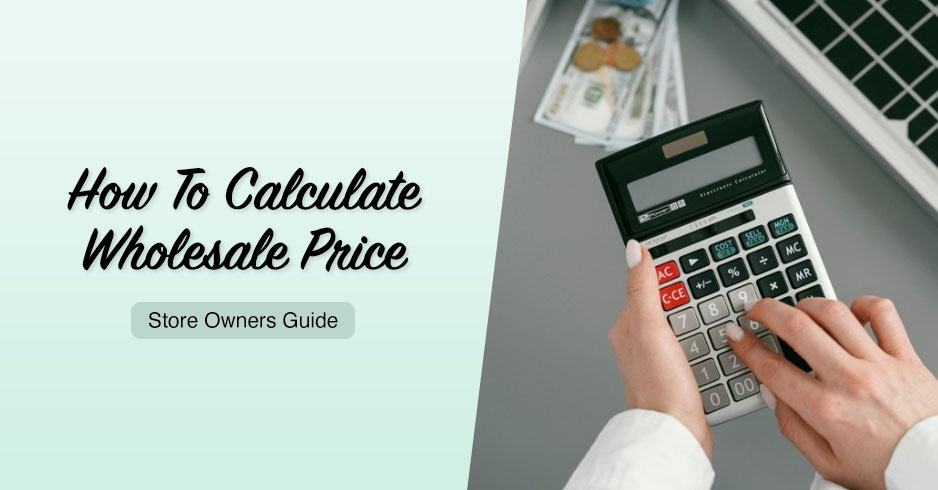Ecommerce merchandising is the way online stores display and arrange their products to help customers find what they want and buy faster. It may sound simple, but it plays a big part in how well your store performs. When done right, ecommerce merchandising helps attract more shoppers, keeps them browsing longer, and leads to more sales without needing to change your prices.
In this article, you’ll learn what ecommerce merchandising really means, how it works behind the scenes, and what strategies you can use to make your own store stand out. Whether you’re a new ecommerce merchandiser or just looking for fresh tips, this guide will walk you through the essentials in a way that’s easy to follow and put into action.
What Is Ecommerce Merchandising?
Ecommerce merchandising is how you show your products on your store. Let’s say you walk into a bakery. If the best-sellers like chocolate cake and cheese rolls are in front, you’ll probably notice them right away. But if they’re hidden behind the counter with no signs, you might miss them. The same thing happens online. If your most popular products or helpful categories are difficult to find, shoppers may leave without making a purchase. That’s why ecommerce merchandising matters.
When people ask, “What is e-commerce merchandising?” it’s not just about pretty photos or catchy names. It’s about arranging your online store in a way that helps buyers feel confident about what to do next: click, browse, and buy.
Why it matters in online shopping
In online shopping, customers can’t touch or try the product. They rely on what they see and read. This is where visual merchandising comes in. Clear product images, neat layouts, and good organization give people more reasons to stay on your website.
The way your store looks affects how people shop. For example, if a visitor clicks on your homepage and sees a clean grid of trending items, clear categories, and helpful filters, it makes things feel simple.
When you put thought into your online merchandising, your store becomes more than just a list of products. It becomes a place where customers feel understood and valued. And when people feel that, they buy more.
Key Elements Of Ecommerce Merchandising
Product organization
Product organization is how you arrange items in your store so people can find them fast. This includes sorting products by category, popularity, or price. When shoppers arrive on your site, they should know where to go next without having to guess.
Let’s say you’re selling clothes. If someone is looking for jackets, they shouldn’t have to scroll through shoes and hats. That’s where filters and categories help. You can group items by size, color, brand, or even season. This small step makes a big difference in how easy it is to shop.
Navigation also matters. Menus, search bars, and filters should all guide your customer clearly. A good ecommerce merchandiser knows that when products are easy to browse, people stick around longer and buy more.
You may also read about: How To Use Product Filters For WooCommerce.

Visual presentation
Visual merchandising is all about how your products look. Since customers can’t touch or try items online, images and videos do the talking. The more detailed your product visuals look, the more confident people feel about buying it.

Show your product from different angles. If it makes sense, add a video. This helps customers picture the item in real life. Bright colors and neat layouts also help your store look professional and easy to navigate.
First impressions matter! When people visit your website, what they see in the first few seconds can either make them stay or leave. So, make sure your product displays are simple, clear, and focused on helping them decide.
Product descriptions and information
Good product descriptions answer questions before they are asked. Shoppers want to know what the item is, how it works, and why they should get it. If the text is too short or unclear, they might leave without making a purchase.
Let’s compare. If a shirt only says “Nice fabric, good fit,” it doesn’t help much. But if the description says “Made with soft cotton, fits true to size, perfect for daily wear,” it’s more helpful. It gives the shopper confidence. That’s part of effective ecommerce merchandising.
You don’t need long descriptions, just clear ones. Stick to the basics: size, material, usage, and benefits. That’s all most people need.
💡Tip: If writing product descriptions takes too much time, you can also use tools like StoreAgent’s Product Descriptions AI. It helps ecommerce merchandisers create clear and helpful product descriptions with just a few clicks, based on the product’s name and key details. It’s fast, easy, and helps keep your store looking clean and professional.
You may also read about: How To Write SEO Product Descriptions (With A Boost From AI).

Search and filtering tools
Imagine walking into a store and asking for red sneakers, but the staff says, “Look around and maybe you’ll find them.” You’d probably be disappointed, feel unimportant, and eventually leave. That’s why search bars and filters are essential in online merchandising.
A smart search bar should help people find items even if they misspell a word. Autocomplete is also helpful, as it shows results while users type. Filters enable customers to narrow down their selection by brand, size, color, or price. Sorting options help too. They can choose to see the newest or most popular items first.
These tools may seem small, but they help shoppers feel in control. And when shopping feels simple, people are more likely to make a purchase.
Ecommerce Merchandising Strategies That Work
1. Use bestsellers and trending items up front
One of the simplest ecommerce merchandising strategies is to display your best-selling products first. These are the items that shoppers are already buying and loving. When new visitors see what’s popular, it gives them a starting point. It also shows that other people trust your store, which makes them more likely to stay.

For online stores, you can place these items on your homepage or at the top of each category. Highlight them with tags like “Trending” or “Most Popular.” This is a good way to guide people who might not know what they want yet.
2. Group related products together
Another smart move is to group products that complement each other well. This helps with cross-selling and upselling. For example, if someone is buying a phone, you can show them a matching charger, phone case, or screen protector.
This small step adds more value to the shopping experience. It saves customers’ time and increases sales without requiring extra effort. Good product recommendations feel helpful, not pushy. This is what makes it part of effective ecommerce merchandising.
If you want to know how you can recommend products without being persistent, try reading: 9 Upselling Strategies To Boost Sales Without Being Pushy.

3. Personalize the shopping experience
Online merchandising gets even better when it feels personal. When your store shows product recommendations based on what shoppers have viewed or purchased before, it makes them feel like the store “gets” them.
Let’s say a customer browsed shoes last time. The next time they visit, you can show them new arrivals in that category or suggest socks that complement their outfit. This type of smart sorting helps customers find what they’re already interested in without requiring them to search again.
4. Show scarcity and urgency
Sometimes, people wait too long to buy. To help them decide, you can use small messages that add urgency. For example, you can show “Only 2 left in stock” or “Sale ends in 2 hours.”
These simple reminders push people to take action. They don’t want to miss out. It’s one of the oldest yet still effective ecommerce merchandising strategies out there, and it works when used the right way.
5. Use customer reviews and ratings
When people see that others have bought and liked a product, they feel more comfortable buying it too. That’s why customer reviews and ratings are helpful in ecommerce merchandising.
Even a few positive reviews can build trust. They answer questions, share real experiences, and show that your products are worth the price. Make sure reviews are easy to find on the product page. You can also highlight good reviews on your homepage for popular items.
If you’re running an online store and want to know how you can ask for customer feedback, you might want to check this article: How To Get Customer Feedback: 10 Proven Ways.

6. Use merchandising-friendly plugins for online stores
It’s perfect for stores that handle large orders or repeat buyers who already know what they want. With better organization and faster shopping, it supports your merchandising goals without complicating the process.
Wholesale Order Form is a helpful tool if you want to make ecommerce merchandising easier, especially for wholesale buyers. Instead of browsing product pages one by one, customers can view all items in a fast, one-page layout. This allows them to add multiple products to their cart in just a few clicks.
If you want your store to feel smooth and easy to use, adding something like Wholesale Order Form is one of the smartest merchandising tips to do.
Frequently Asked Questions
How to get into ecommerce merchandising?
Start by learning how online stores arrange their products. Practice adding items, writing simple descriptions, and organizing categories. You can set up a test store using WooCommerce and try using tools like Wholesale Order Form to understand how bulk layouts work. Observe how people shop and use that information to improve.
What is the role of a merchandising specialist in ecommerce?
A merchandising specialist arranges products in a way that helps shoppers find what they need. They choose which items to feature, where to place them, and how to write descriptions. Their goal is to make shopping easier and help the store sell more.
Is ecommerce the same as merchandising?
No. Ecommerce is the full process of selling online. Merchandising is just one part. It focuses on how products are shown and organized to help shoppers buy.
Conclusion
Ecommerce merchandising plays a big role in how your store performs. When products are easy to find, clearly labeled, and well-organized, customers shop with greater confidence.
In this article, we discussed how e-commerce merchandising works behind the scenes:
If you want your store to grow, pay attention to how you show your products. Good ecommerce merchandising is about making shopping easier, not harder. Start with one change today and see how it helps. Whether it’s cleaning up your homepage, improving your product descriptions, or showing bestsellers up front, small steps can lead to big results.
Do you have comments regarding e-commerce merchandising? Let us know in the comments below!





